Spanish Colonial Architecture in the Azuero Peninsula
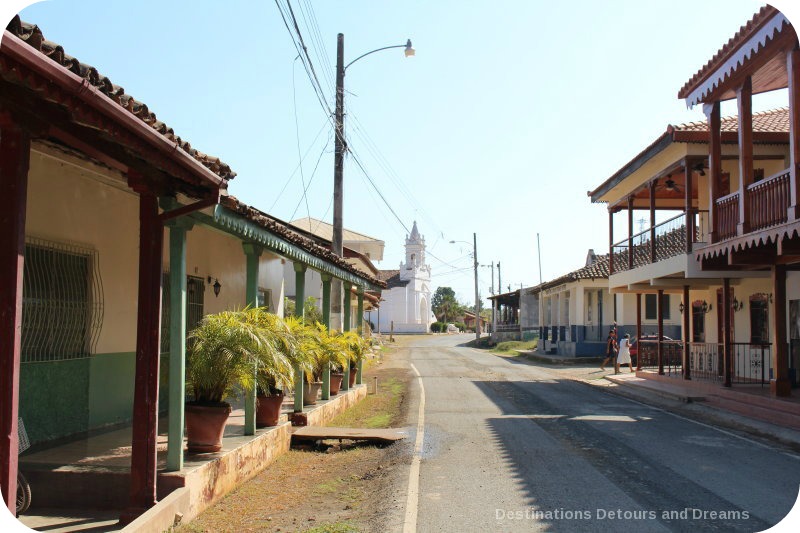
Discovering Spanish colonial influence and traditions in Panama’s Azuero Peninsula
Panama’s Azuero Peninsula sits along its Pacific coastline and is known as the “heartland” of the country. It is a ranching and farming hub, and boasts some of the best beaches in Panama. Its rich history dates back to pre-Columbian indigenous groups. Spanish colonial influence was strong in this area and still survives to some extent today in tradition, festivals and architecture. Here you find town central plazas, eighteenth century cathedrals, red-tiled roofs and decorative ironwork.
Panama was the first Spanish colony on the Pacific coast. In the 1530s it was the staging point for the Spanish conquest of the Inca empire. It was used as a land route to South America and was a shipping point. In 1821, Panama received independence from Spain and was united with Columbia. An American-sponsored revolt in 1903 led to independence from Columbia and a treaty with the United States allowing them to build the Panama Canal and have power and authority over the Canal Zone in perpetuity. In 1977, U.S. President Jimmy Carter signed a treaty with Panama which abolished the Canal Zone and arranged for Panamanian ownership of the canal in the year 2000.
Azuero’s name is derived from the colour blue (azul in Spanish), the colour of the sea and sky. The eastern part of the peninsula is the most developed, with the main road from Panama City running through the towns of Chitré, Las Tablas and Pedasi.
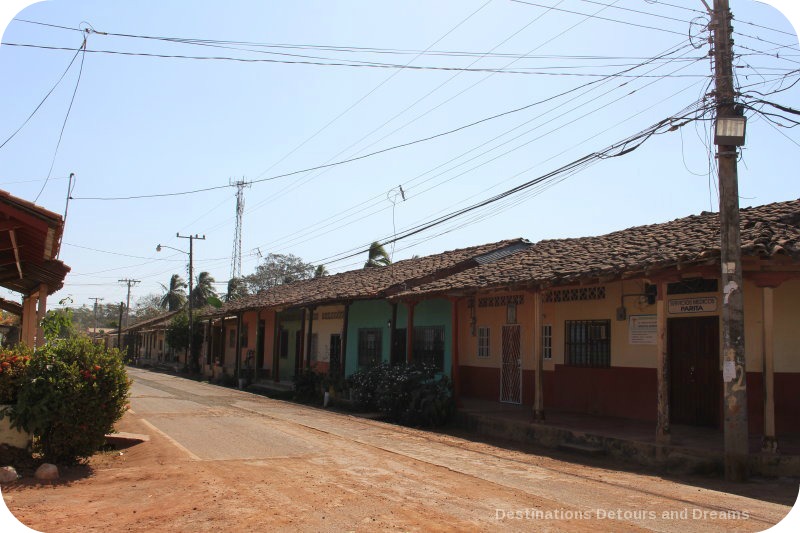
Parita, near Chitré, was founded in 1558 and is the oldest Hispanic settlement on the peninsula. Its origins actually go back to pre-Columbian days. The architecture in this tiny town provides visitors a look into Panama’s Spanish-colonial past, although there is little else in the town to amuse tourists.
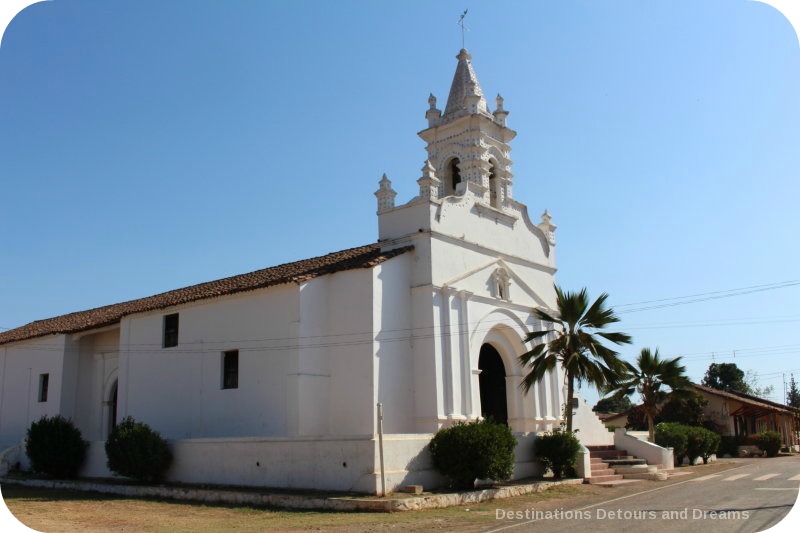
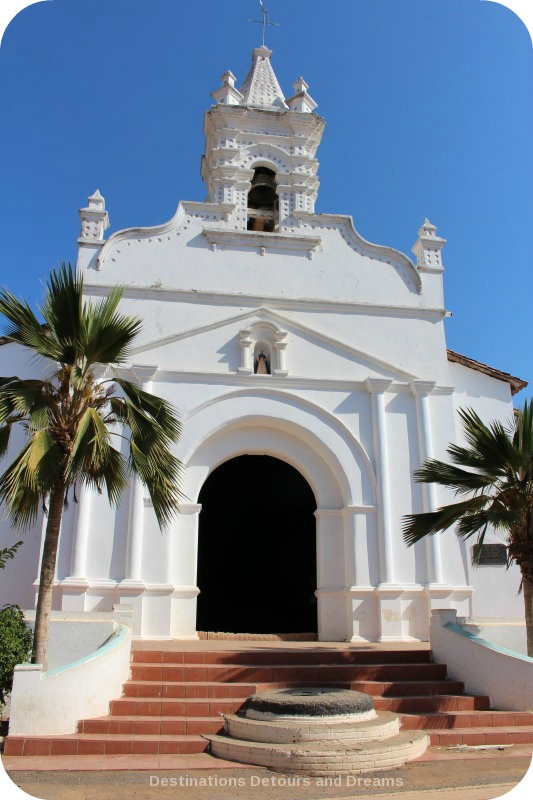
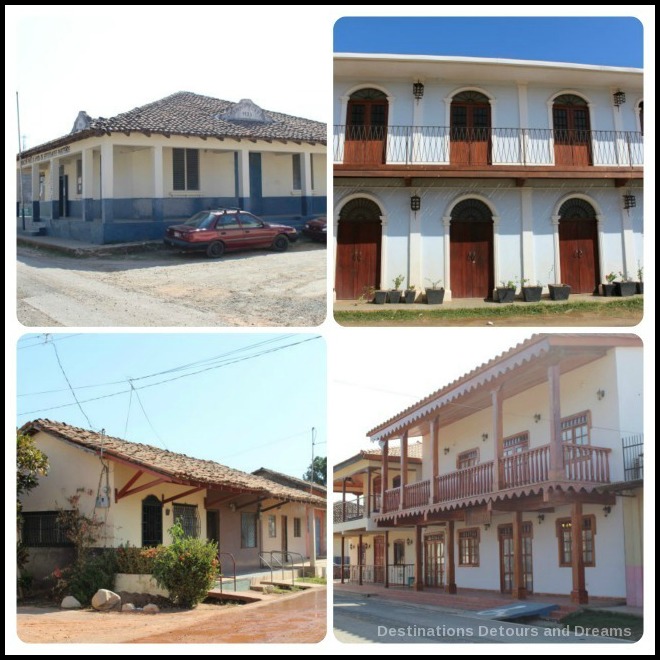
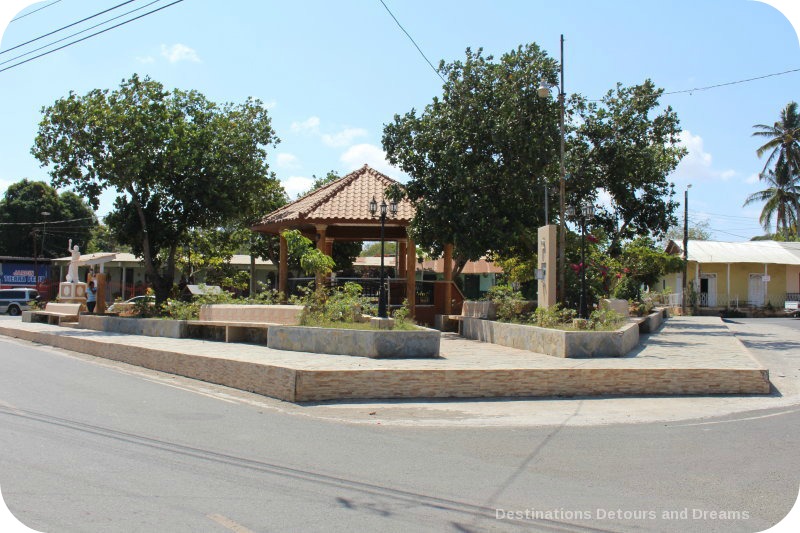
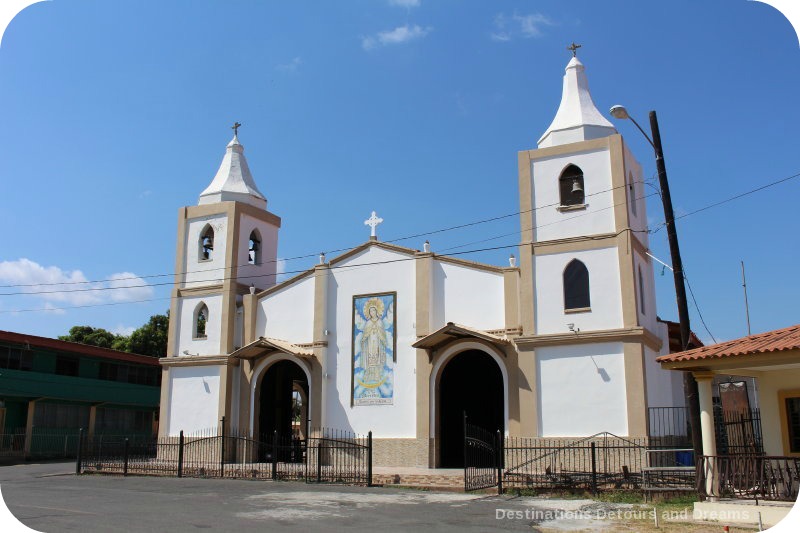
A few kilometres from Parita, La Arena is located on the outskirts of Chitré. La Arena is known for its pottery with designs influenced by pre-Columbian indigenous groups of the area. You can watch potters and other artists at work. La Arena is also known for its bread, el pan la Arena.
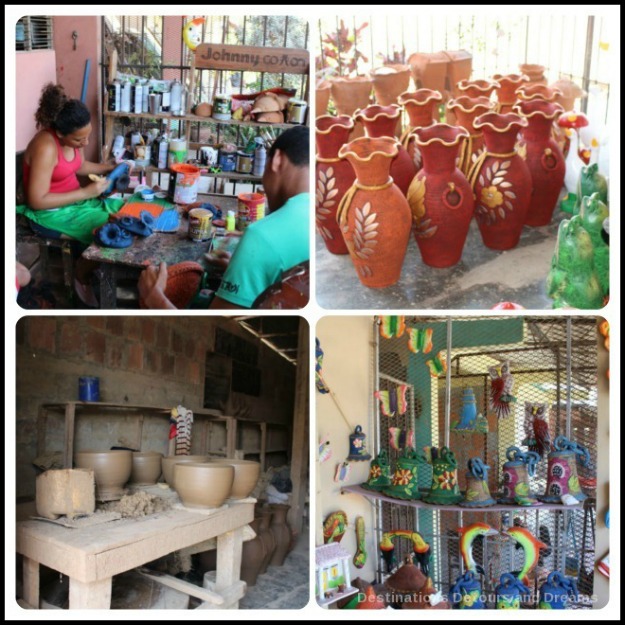
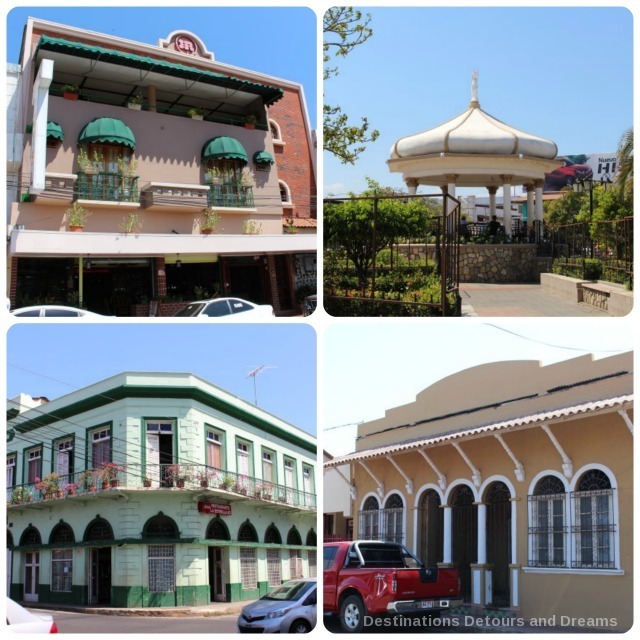
Chitré is the largest city on the peninsula and the cultural and historic capital of the region. It is one of the oldest surviving towns in Panama. It was founded in 1848, although colonial records indicate there may have been a village here as early as 1558. Today, Chitré is a busy commercial centre, but the cathedral and a number of buildings in the heart of the old city hark back to the days of Spanish settlement.
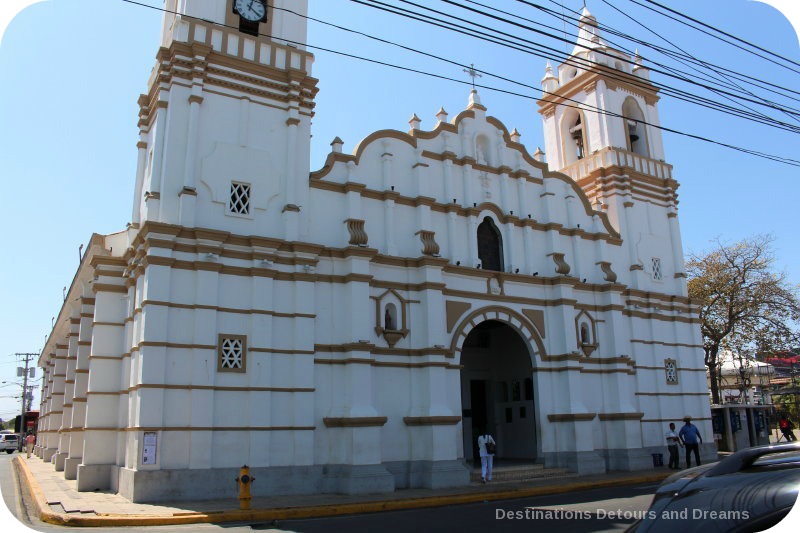
The landmark building in Chitré is the eighteenth century Catedral de San Juan Bautista. It is built in a colonial style with a soaring ceiling of polished mahogany. The cathedral was substantially rebuilt in 1988. The original bell, cast in 1767, was removed for display at the nearby Museo de Herrera.
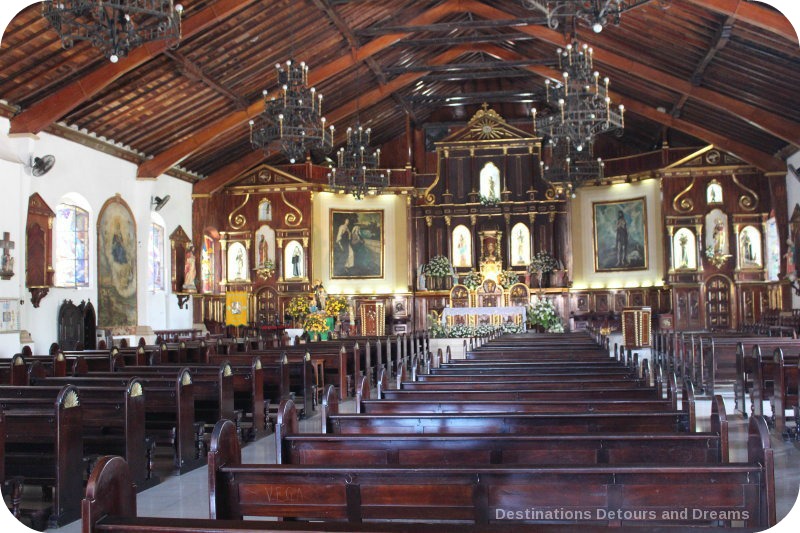
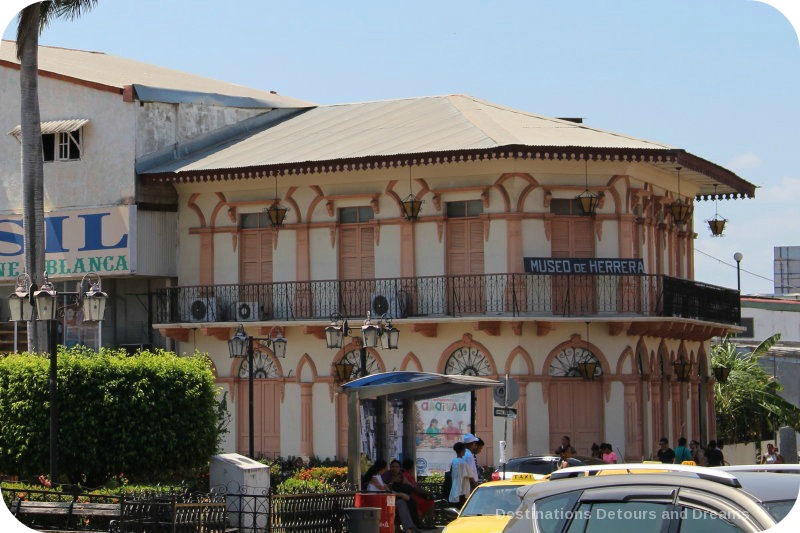
Museo de Herrera is an anthropolgy and natural history museum housed in a colonial building. It contains many well-preserved pieces of pottery dating as far back as 5000 BC, folkloric costumes, and religious costumes. Signs are in Spanish only.
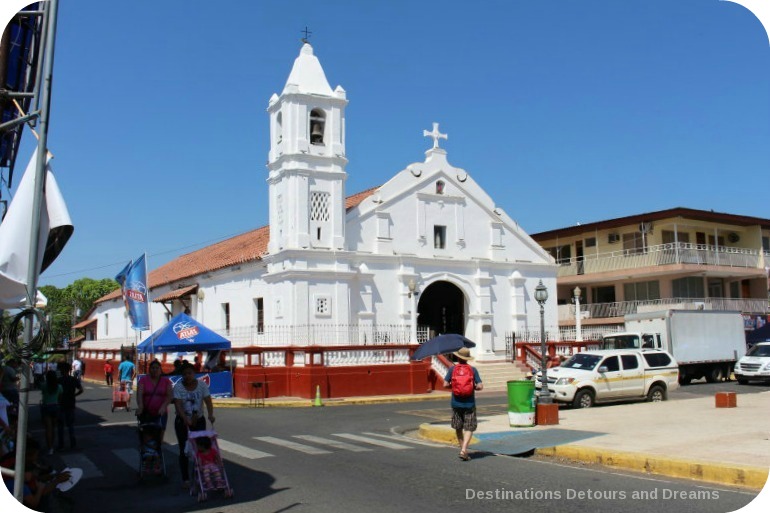
Las Tablas was colonized by Spanish settlers in the seventeenth century. It is a recognized national centre of Panamanian folk art and well-known for its festivals, particularly the Panama Pollera Dress Festival, the Thousand Polleras Parade and Carnaval.
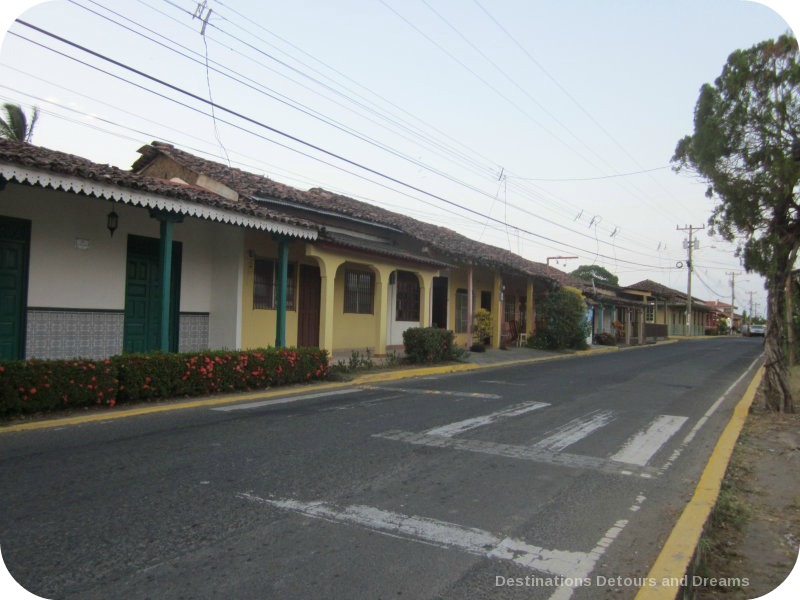
Pedasi is a lovely, well-preserved fishing town in the middle of an agricultural area. Pedasi and its surrounding beaches are known as the “tuna coast.” Located a five-hour drive from Panama City, it is considered “out-of-the-way” but deep-sea fishing, surfing and beaches bring tourists to town. Locals, expats and tourists happily co-exist in this tiny town of brightly painted houses. It is a place where people sit on their patios and greet their neighbours. The evening promenade is still a custom here. Families go for a stroll in the early evening, often heading to the town square. My husband and I spent a month in Pedasi and grew to love its friendly people, easy pace and wonderful dining options.
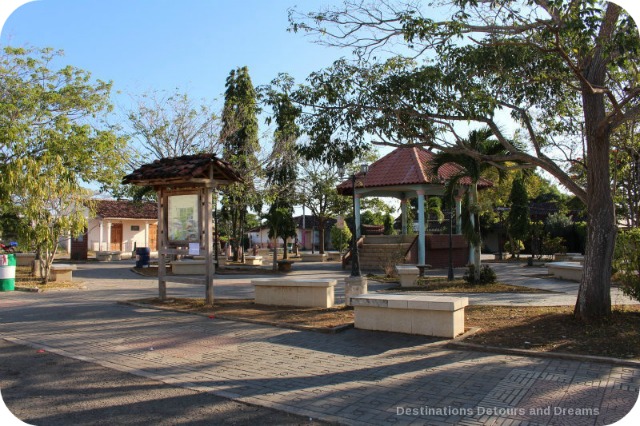
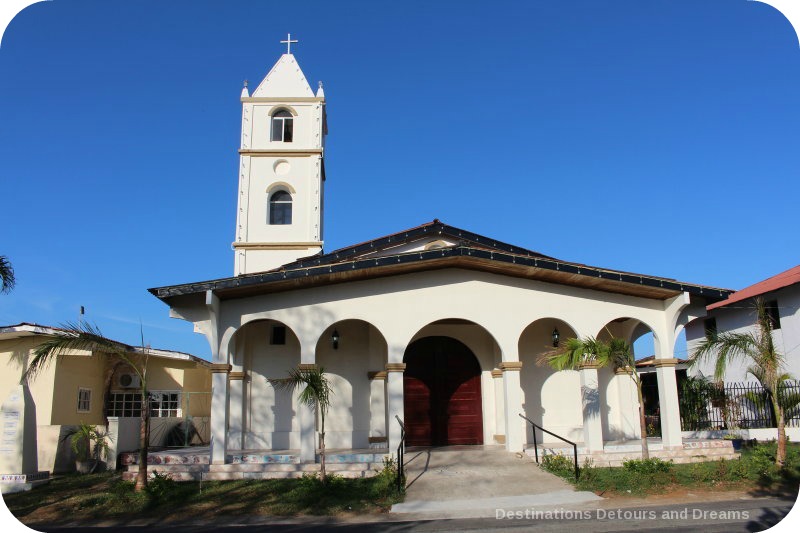
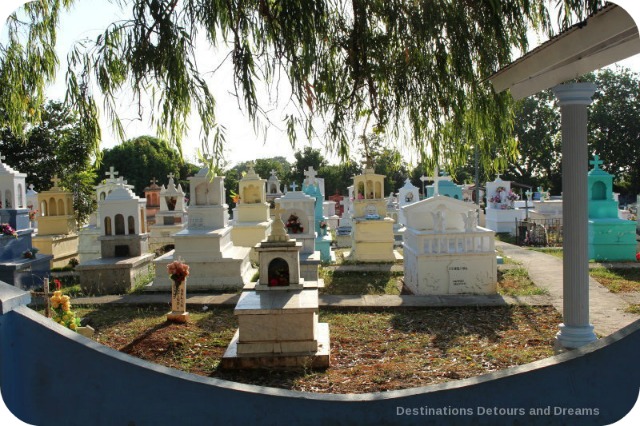
Get all the info! Destinations Detours and Dreams monthly e-newsletter contains behind the scenes information, sneak peeks ahead, travel story recaps and more. SIGN UP HERE
PIN IT
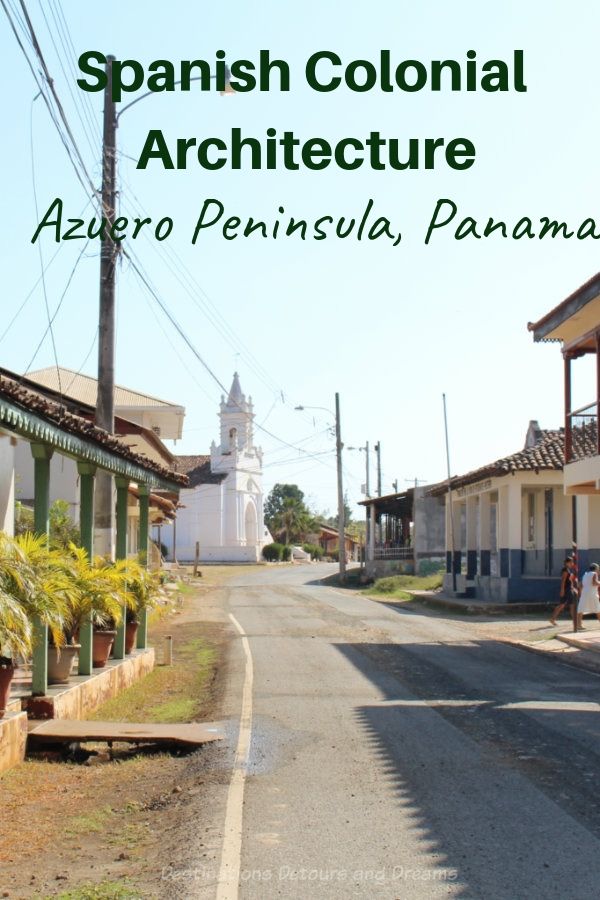

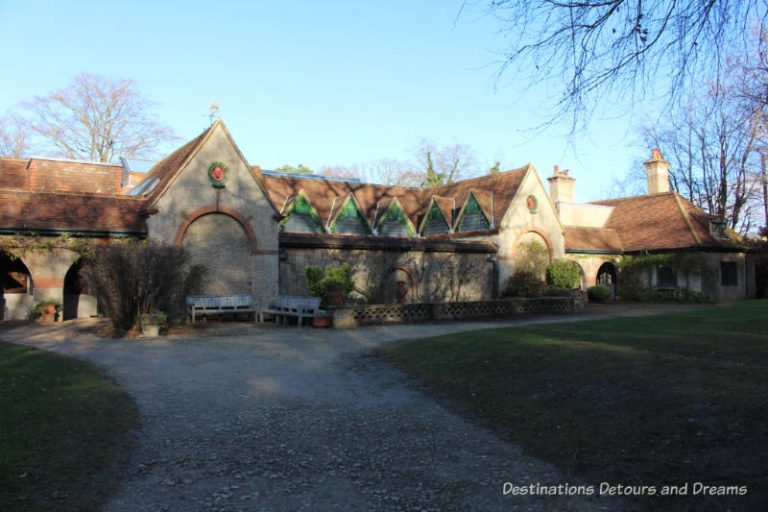
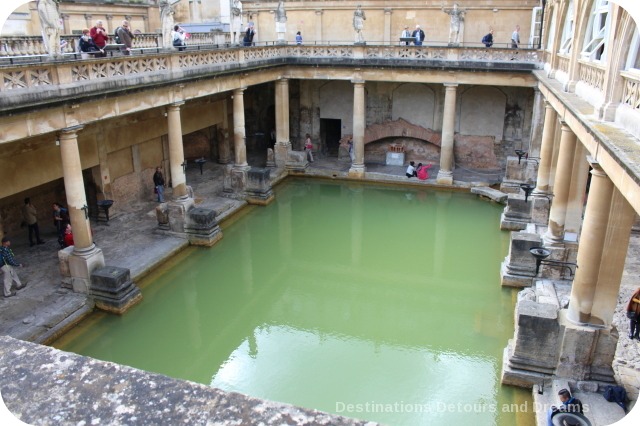
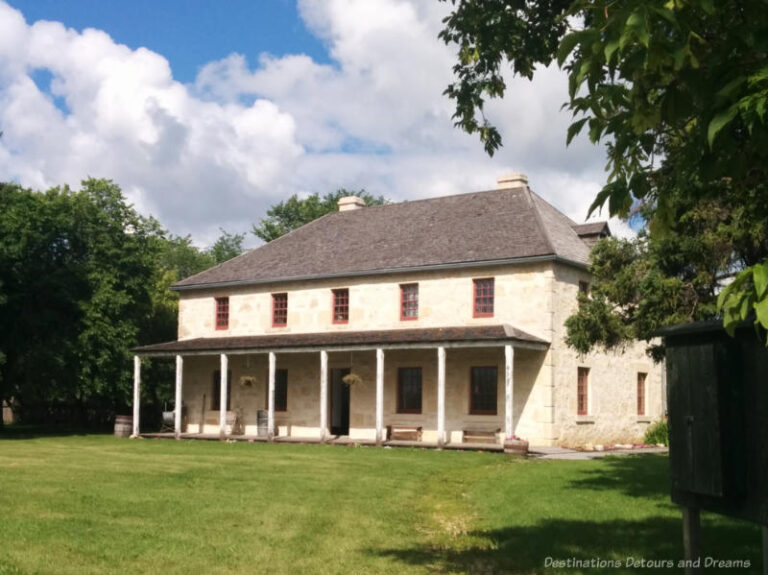
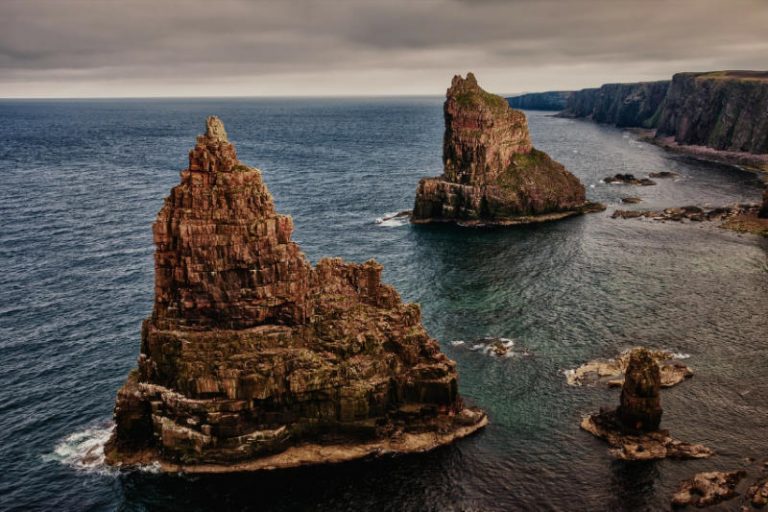
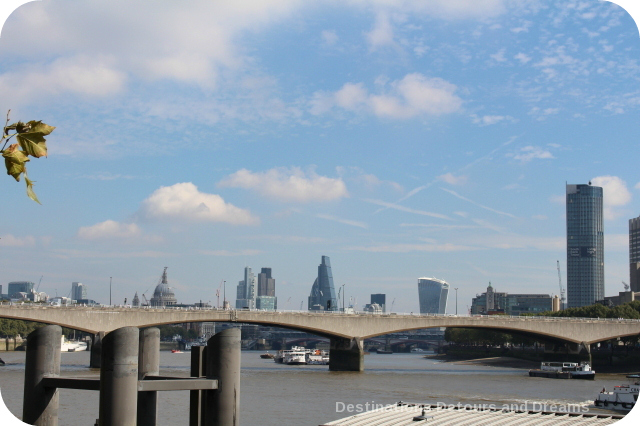
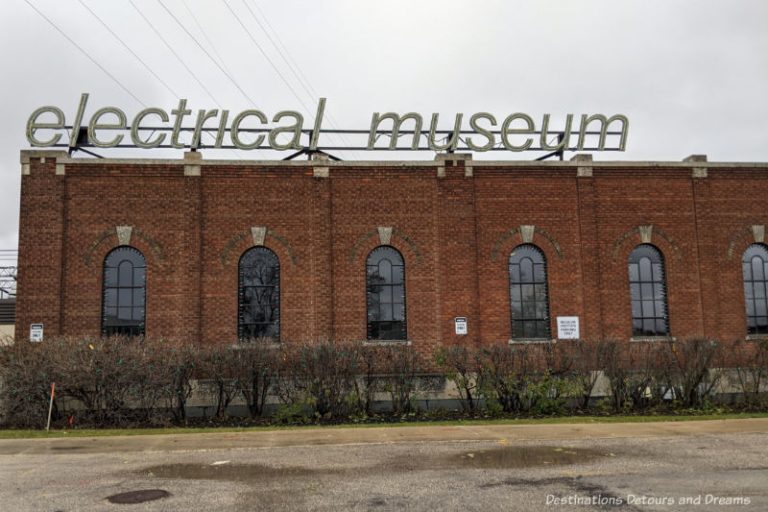
Thanks for the tour. Enjoyed the architecture. Thought it was especially interesting to see the Spanish colonial influence in rural areas.
Ken, yes it was interesting to see the influence in rural areas. I think we generally tend to explore architecture more in urban settings, where more buildings are built and more money is spent, but the influences of an era can certainly be seen outside of urban areas as well.
This is a place o would like to visit. I’ve ha friends who did and fell in love with it. You article gives me yet another reason to consider it in the future.
Susan, we are hoping to get back to Panama next winter and explore other parts of the country.
A good friend of mine lives in Chitre and I blew off visiting the Pacific side since I had a short itinerary – I definitely need to go back and spend time here, it is beautiful!
Noel, I think you’d enjoy it if you get a chance to go back and visit your friend.
Beautiful place. Looks like they really take care of their historical spots. The Iglesia Santa Librada for example, looks like it was just painted! I take my hat off to you with all the Spanish words. I’d be lost with all the names!
Janice, although we’d taken an introductory Spanish course a few years prior, we remembered very little. People were very nice and willing to communicate however possible, but we wished we had at least a little fluency in Spanish to be able to interact more. I am now taking some more Spanish lessons – languages don’t come easily to me, so we’ll see how much sticks.
This is the only area of Panama I missed – and now I’m KICKING myself!! How lovely and yes, great architecture. So anyone going to Panama, don’t make the mistake I did… 🙁
Leyla, it is a lovely area. We’re hoping to see other parts of Panama in a future visit.
Loved your photos and this trip down memory land. We spent a couple of weeks in the Azuero Peninsula near Las Tablas where a very good friend lived and loved the area. In fact, since it was time for a dental checkup, we had our teeth cleaned in Chitre and had a chance to see the city although we missed the Catedral de San Juan Bautista which looks like a gem. Sounds like you might love a revisit of Panama when you head south for a future winter, Donna! Anita
Anita, yes I would like a revisit – and further exploring.
What wonderful buildings! I hadn’t realised there was so much history in Panama – I need to get there before too long.
Karen, I didn’t know much about Panama’s history (except for a little bit about the Canal) until I visited and began reading about it. There is still a lot more for me to explore.
What a nice part of Panama! I love the Spanish colonial architecture. Panama has been on my radar for a few years now. It’s a beautiful and diverse country and I’ll definitely be sure to visit the Azuero Peninsula when I go.
Patti, Panama is beautiful and diverse. I’m sure you’ll enjoy a visit there.
Wow the Catedral de San Juan Bautista is spectacular! I’m intrigued by the circular part of the stairs at the Entrance to St. Dominic’s of Guzman Church, do you know what that would be used for? Maybe the pastor would stand there to greet the flock?
Tim & Nat, I haven’t been able to find out what the circular part of the stairs is or was used for. It is an unusual feature.
This sounds so lovely, and the photos do a great job of showing it off. To me, it looks like New Orleans with Mexican accent! This sounds like a place i would enjoy spending an extended amount of time.
Thanks Donna. It is an interesting area to spend time in.
The architecture is beautiful. I want to walk into every church, sit and soak in the spirituality. I remember your blogs about staying in Pedasi and conclude that this area is a friendly and welcoming one.
RoseMary, friendly and welcoming – yes.
Wonderful post, Donna. I’d like to return to Panama and spend some time exploring the architecture in the Azuero Peninsula. My only brief visit there, was during a Panama Canal cruise in 2000!
Doreen, I’ve always wanted to do a Panama cruise. We visited the locks while we were there and it was fascinating. We watched a ship go through Miraflores Locks. I still think it would be cool to sail through the canal.
What an interesting place! I’ve only been to Panama on a cruise – it’s a place I’d like to go back to and explore places like this.
Cindy, I’m hoping to go back and explore more of the country.